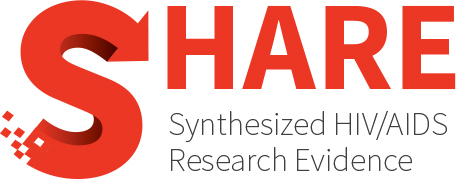HIV-related stigma as a barrier to achievement of global PMTCT and maternal health goals: A review of the evidence
Abstract
The global community has set goals of virtual elimination of new child HIV infections and 50 percent reduction in HIV-related maternal mortality by the year 2015. Although much progress has been made in expanding prevention of mother-to-child transmission (PMTCT) services, there are serious challenges to these global goals, given low rates of utilization of PMTCT services in many settings. We reviewed the literature from low-income settings to examine how HIV-related stigma affects utilization of the series of steps that women must complete for successful PMTCT. We found that stigma negatively impacts service uptake and adherence at each step of this “PMTCT cascade”. Modeling exercises indicate that these effects are cumulative and therefore significantly affect rates of infant HIV infection. Alongside making clinical services more available, effective, and accessible for pregnant women, there is also a need to integrate stigma-reduction components into PMTCT, maternal, neonatal, and child health services.
Authors
Turan JM, Nyblade L.
Year
2013
Topics
- Epidemiology and Determinants of Health
- Epidemiology
- Determinants of Health
- Social support
- Stigma/discrimination
- Population(s)
- Women
- Children or Youth (less than 18 years old)
- Prevention
- Biomedical interventions
